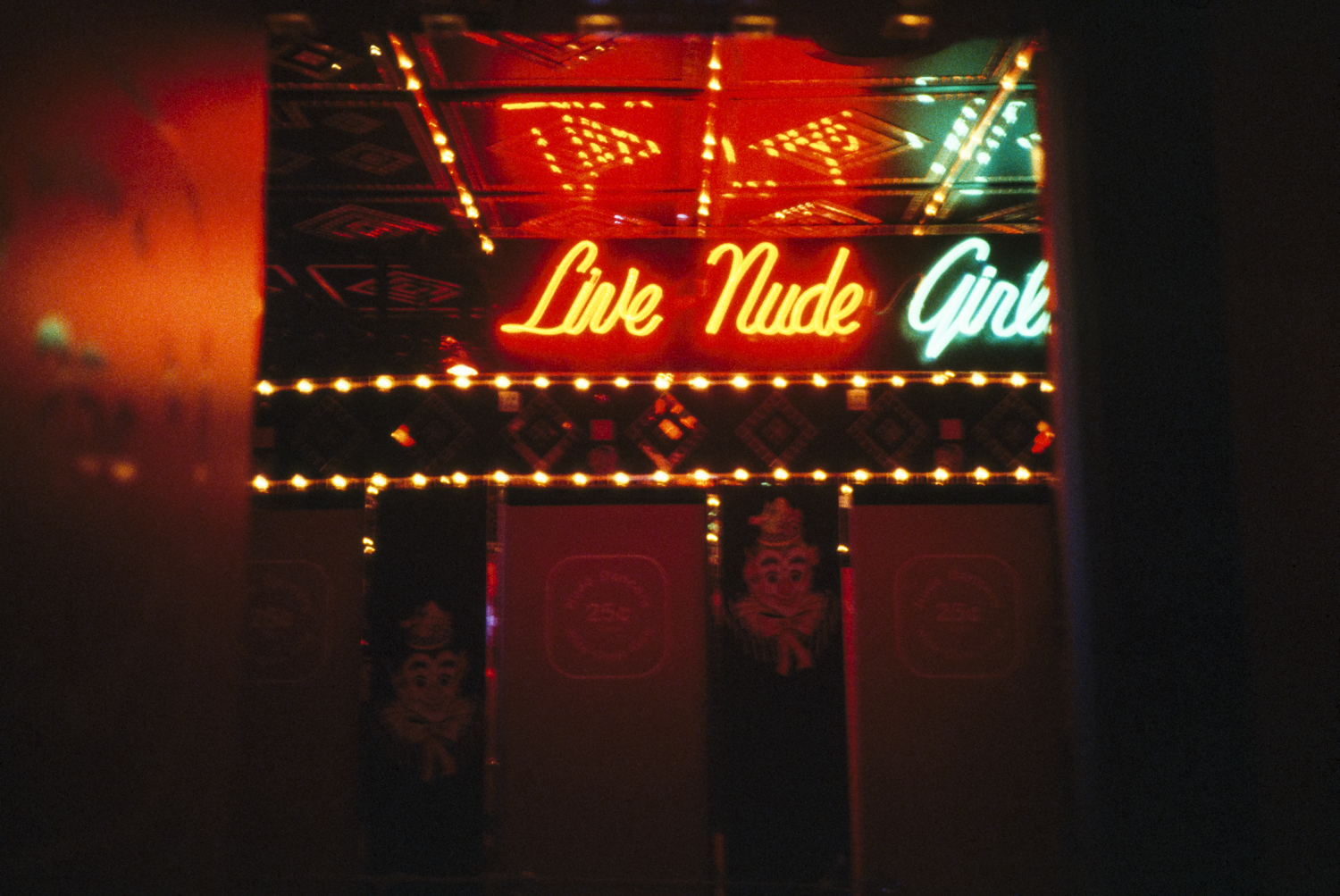All images by Jane Dickson. Used with permission.
Times Square in the 70s and 80s wasn’t the squeaky clean version we know today–and we can thank folks like photographer Jane Dickson for documentary style images of what we knew of the era. Back then it was known for being New York’s hub of seediness, drugs and crime. Movie theatres were showing pornography and the streets were dominated by pimps and prostitutes – it was the mecca for indulgence and perversion.
Amongst the wild nights and regretful mornings, were ordinary people just getting on with their lives. During that era, Jane would go out late at night with her camera and document the tales and dramas that would unfold before her. The work she produced became a book – Jane Dickson In Times Square – and we thought it was the perfect time to speak to her about her life during New York’s darker period.
Familiarity made me brave enough but not stupid. If I was going to holed up at home I would have stayed in the country.

Phoblographer: Most people would stay home at night when living in an area with complex issues, what motivated you to go out with your camera and make photographs?
JD: I came to NYC to be in the mix, to be out and seeing people and events. I worked alone on the weekend night shift on the Digital Lightboard at 1 Times Square so I had to be out in that neighborhood anyway. Familiarity made me brave enough but not stupid. If I was going to holed up at home I would have stayed in the country.

I was caught in crossfire at least three times, once on the street, twice bullets came through my windows.
Phoblographer: Street/Documentary photographers tend to become known figures in their communities. Did you build any close relationships with your subjects?
JD: Times Square is one of the most transient areas anywhere. I knew people in my building and a few on the street. Like Benjamin, the shoe shine guy on the corner of 42nd and 8th, who I’m sure was an undercover cop. But mostly it was a vast sea of new faces every day.
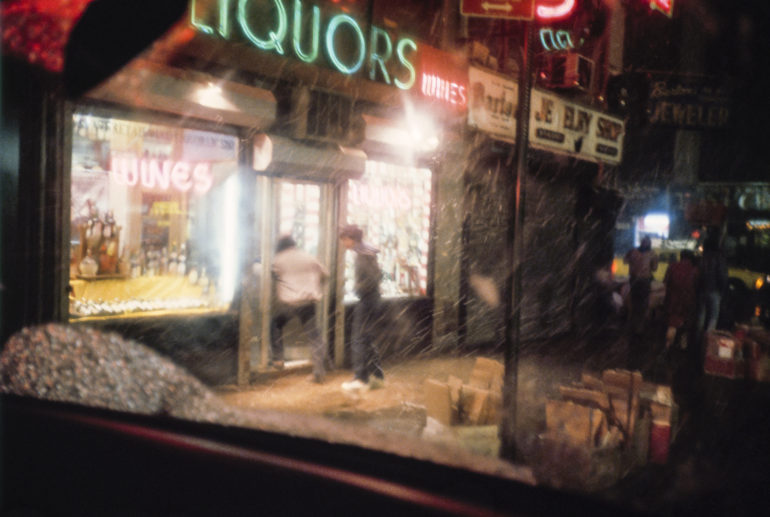
“Safety is an issue for young women every day everywhere but Times Square multiplied the dangers.”
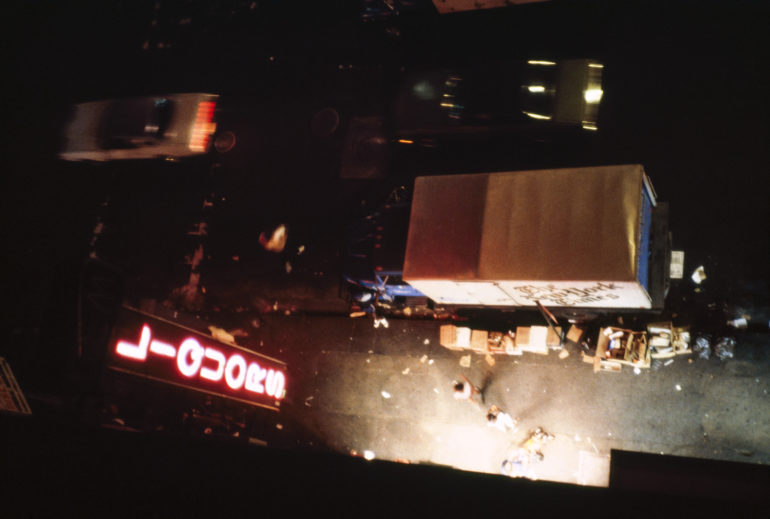
Phoblographer: Was safety ever an issue for you whilst shooting?
JD: Safety is an issue for young women every day everywhere but Times Square multiplied the dangers. A drunk ordered me to pull my pants down on the street. A crazy threatened me with a knife in the subway. I was jumped by a gang that turned out to be undercover cops in my lobby. I was caught in crossfire at least three times; once on the street, twice bullets came through my windows. Our loft was robbed multiple times…I lived in constant alert.
“My work is from a woman’s viewpoint, flipping the gaze in a macho universe and that’s rare and refreshing.”
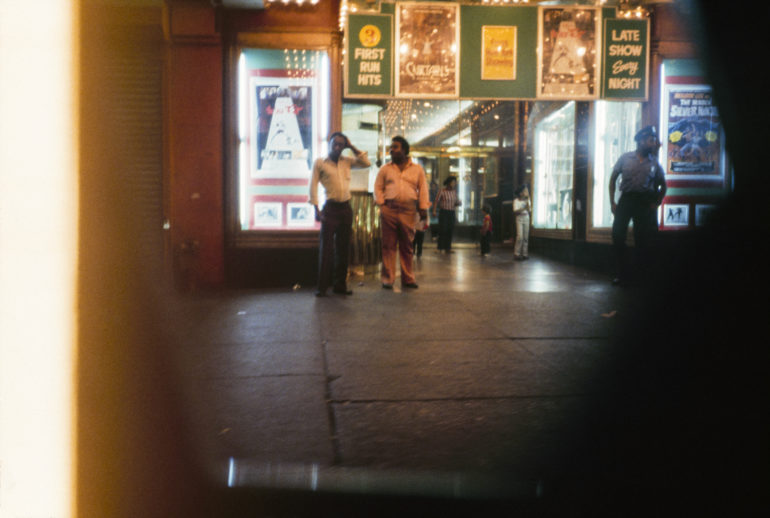
“I was caught in crossfire at least three times; once on the street, twice bullets came through my windows. Our loft was robbed multiple times…I lived in constant alert.”
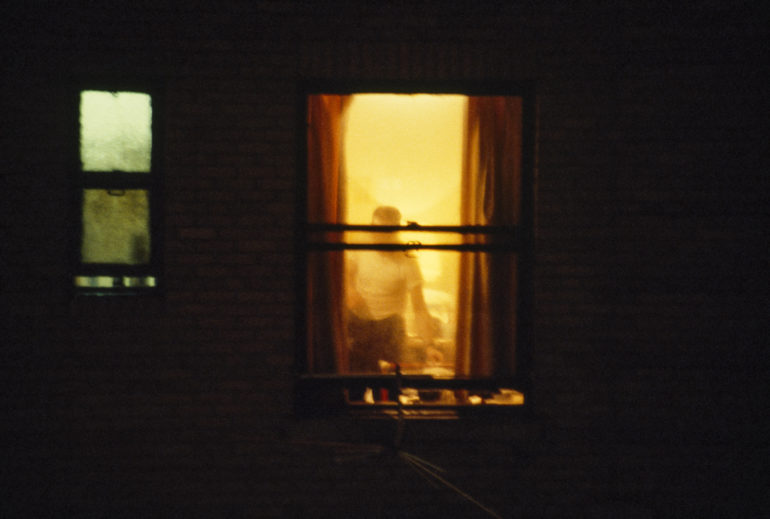
Phoblographer: Whilst Times Square has been ‘cleaned up’ so to speak, does a part of you feel like it has lost some of its character when comparing it to the time you were photographing it?
JD: It has morphed from a decaying organic wild west, anything goes free for all to a corporately planned, subsidized, cleaned up, homogenized tourist zone. Times Square was always about hussle, but it’s now the hustle of the same mega entities you see in any big city around the world. It’s safer now but all the lights don’t make up for the prepackaged genericness of everything there.
My work is from a woman’s viewpoint, flipping the gaze in a macho universe and that’s rare and refreshing.
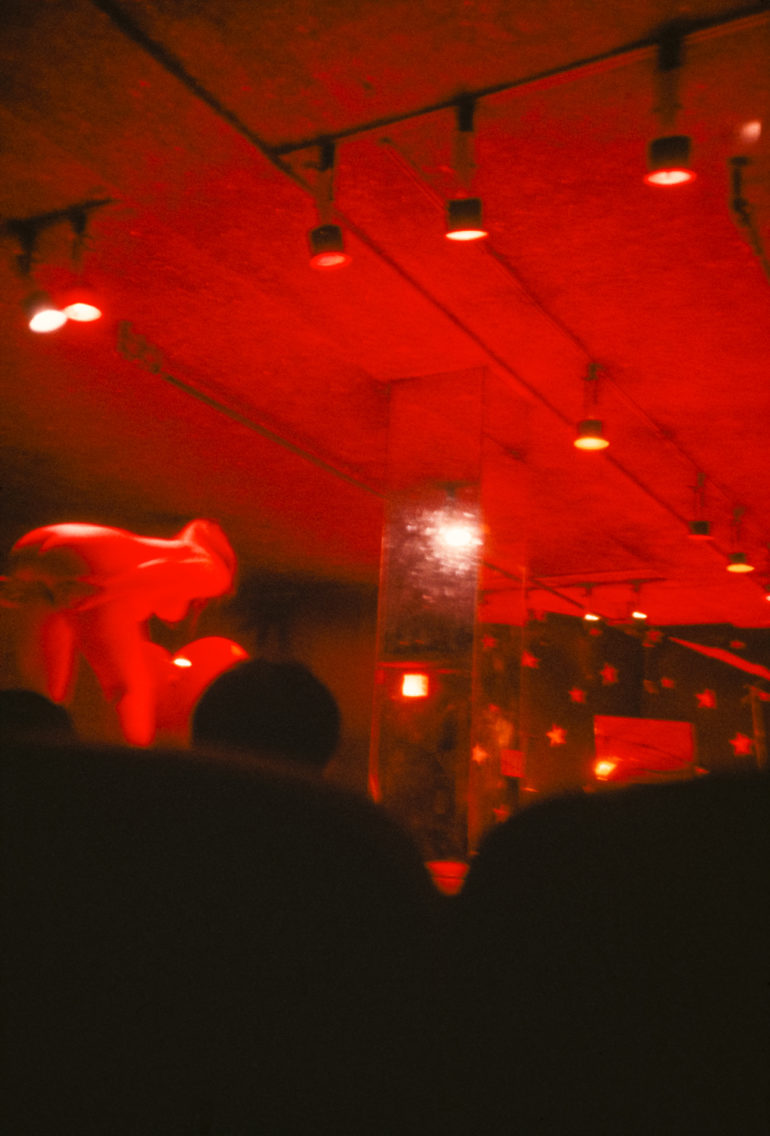
Phoblographer: You’re a painter, drawer, photographer – at the time you’re raising two children – how did you find creative balance in order to be productive?
JD: This is a big question. I have always made art. It’s a compulsive activity that gives me a reason to live. When I had kids I had to get more efficient using my time, even though I was teaching and doing many volunteer projects as well.
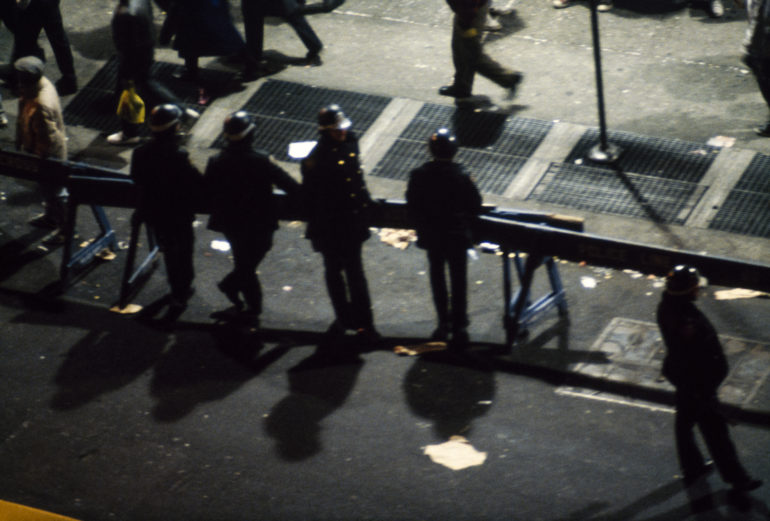
Phoblographer: Encouraging you to blow your own trumpet, why do you think this series of work is so appealing to the public?
JD: The period in the 1970s and early 80s NYC was a dirty blank slate. The powers that be, the Fed, State and City governments had given up on the city. Everyone who counted had moved out. The city was bankrupt, few cops, the old rules had given way, challenged by the 1960s protests, and no one knew what would come next – so we could do anything and we did.
“It has morphed from a decaying organic wild west, anything goes free for all to a corporately planned, subsidized, cleaned up, homogenized tourist zone.”
Nothing was as corporatized and monetized like it is today. My friends started art galleries, clubs, magazines, book publishing imprints, cinemas, fashion lines without business plans. Most failed but it was all so cheap it didn’t matter and some are still around today. Real estate was reasonable, education, health insurance was cheap too. People weren’t squeezing the last cent out of you at every turn so we had time to think, to play, to protest, to work on things besides covering the rent.
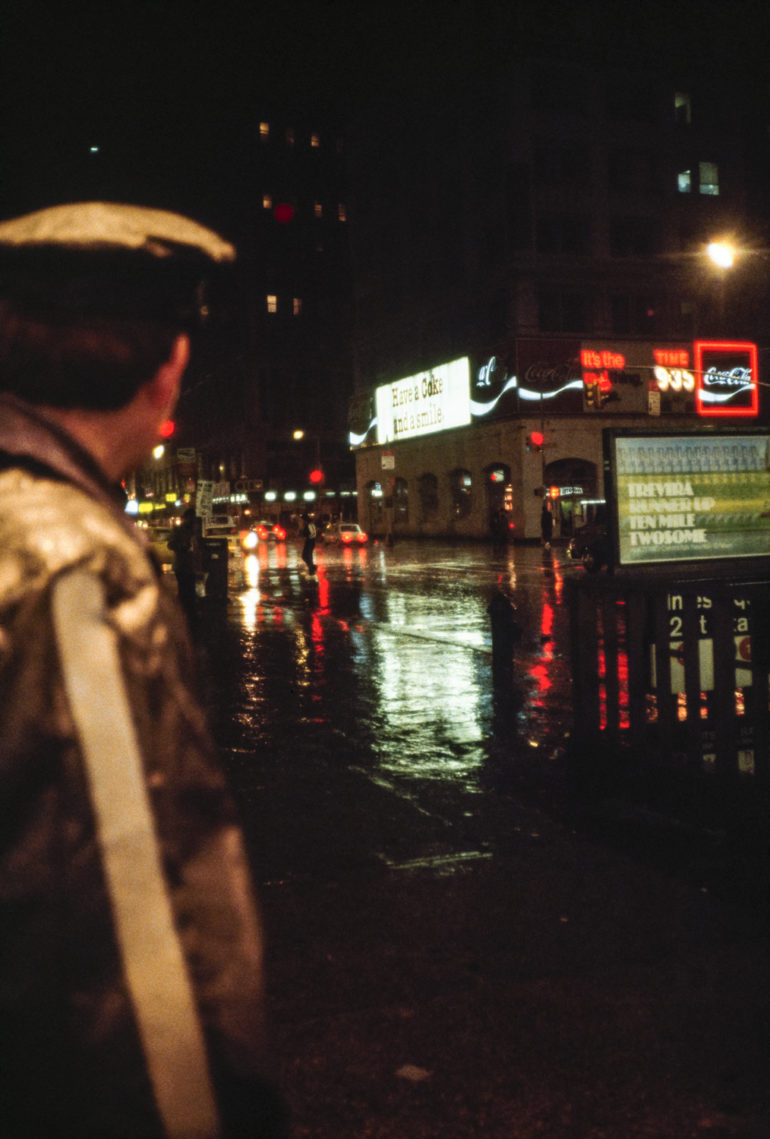
My work is from a woman’s viewpoint, flipping the gaze in a macho universe and that’s rare and refreshing. Also, I never planned to show these photos. I was shooting for my own reference to paint from, so they are very unselfconscious. I’m not trying to impress you so I don’t get in the way. I’m a transparent window into this world.
Phoblographer: In terms of candid photography, what’s your motivation today? Do you still shoot as much?
JD: I still shoot all the time with my phone. The trouble is it’s so easy that I’m drowning in pics I need to sort and file.
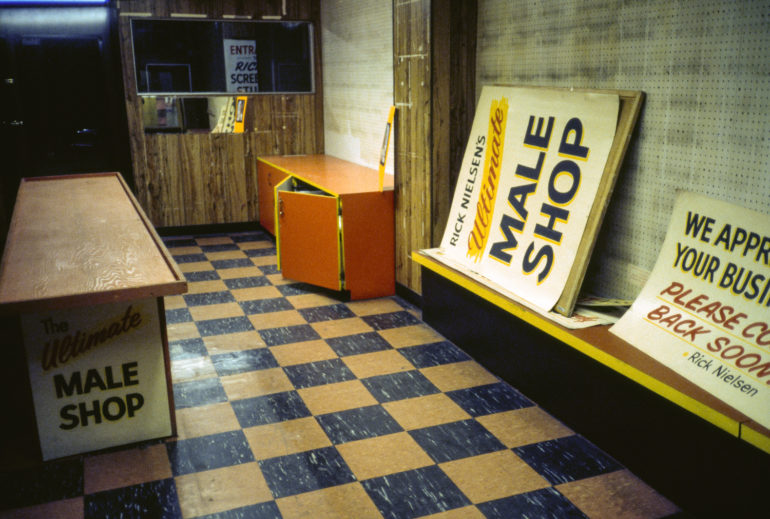
Phoblographer: Out of all your varied work, what was it about the Times Square series that made you feel it was right to make a book?
JD: I document my present, from my point of view, as I live through it. I focus on the intersection of commerce, desire and display for insights into the American psyche, in Times Square, Vegas, Demolition Derbies, and malls. I was in Times Square at a historically pivotal moment. What I documented here as present has now become part of the history of a wild messy reality that even people who never lived it seem to miss profoundly.
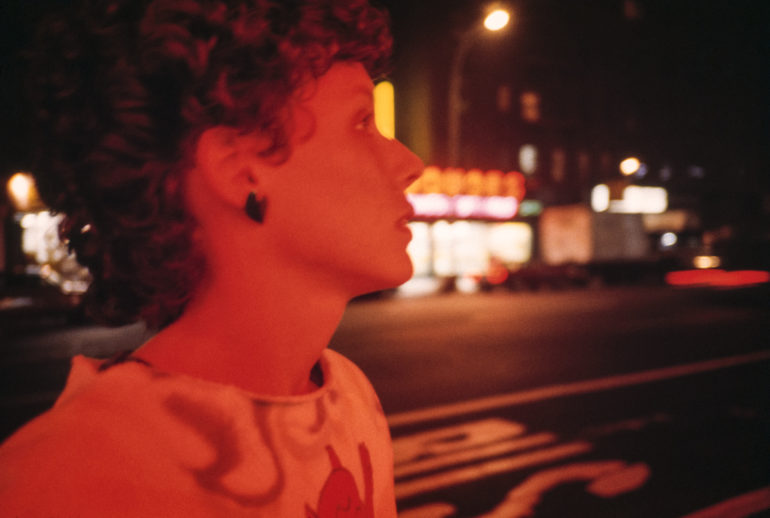
Phoblographer: Your work is often exhibited. What exhibitions and talks do you have coming up that people can attend?
JD: All That Is Solid Melts Into Air, an exhibition of my Times Sq paintings is up at James Fuentes Gallery 55 Delancey St. until Feb 17. My permanent mosaics of New Years Eve revelers are up along the 41st St passage between the Times Square and Port Authority subway stations I’m talking tonight at the MCNY with the designer for HBO’s show The Deuce. I’m lecturing next month at Brown University. I have artwork in an exhibition about the Times Square show at the Schunk Museum in den Heerlen, Holland

If you would like to keep up with Jane, visit her exhibitions or attend one of her lectures, be sure to visit her website.


